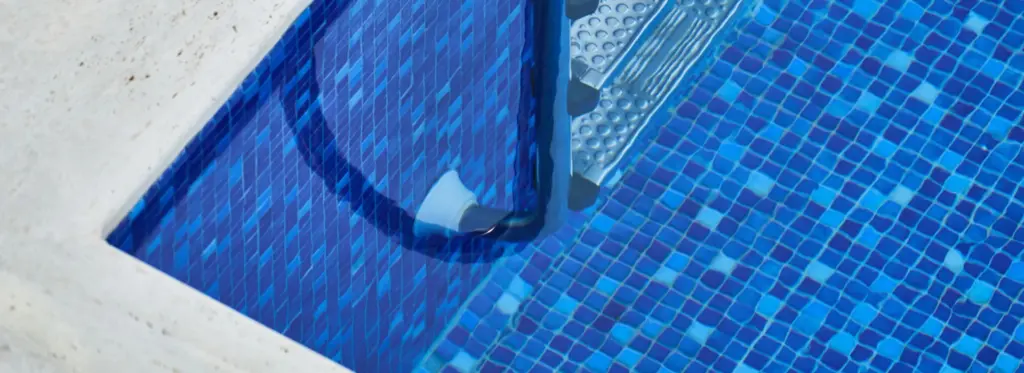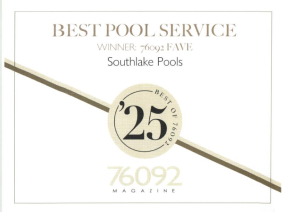
Home » Pool Maintenance
Hey there! Looking for some help with your pool? We’re here to make sure your pool stays sparkling clean with our regular pool maintenance services, including pool cleaning and filter maintenance. Let us take the hassle out of pool upkeep so you can focus on enjoying your outdoor space. Feel free to reach out and we’ll be happy to set up a schedule that works for you.
We offer pool cleaning services such as; one-time and weekly cleanings, vacation pool cleanings, filter cleaning & acid washes.
Pool maintenance is paramount to avoiding costly repairs. Find out what maintenance is required to keep yours in good repair.



Texas Residential Appliance Installer License #234610 | Texas Residential Appliance Installation Contractor #517